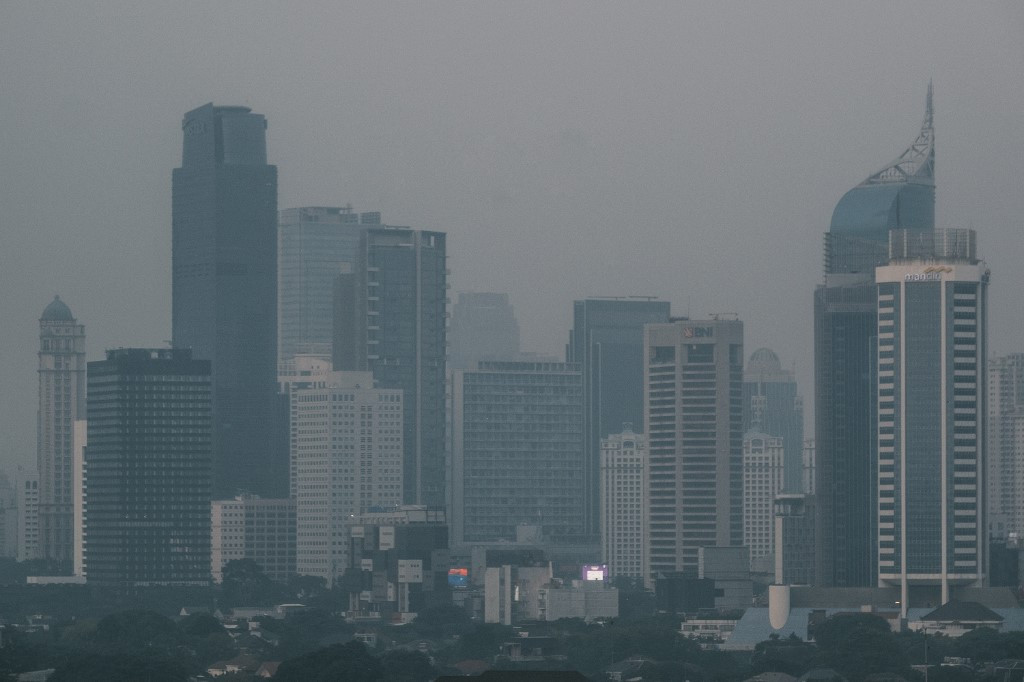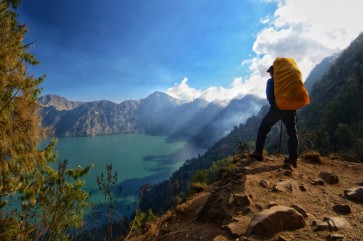Popular Reads
Top Results
Can't find what you're looking for?
View all search resultsPopular Reads
Top Results
Can't find what you're looking for?
View all search resultsDust in the air worsened in 2022: UN
The UN's World Meteorological Organization (WMO) said the slight rise was due to increased emissions from west-central Africa, the Arabian Peninsula, the Iranian Plateau and northwestern China.
Change text size
Gift Premium Articles
to Anyone
T
he amount of dust in the world's air worsened in 2022, the United Nations said on Thursday, as it called for more research into how climate change may increase sandstorm hotspots.
The UN's World Meteorological Organization (WMO) said the slight rise was due to increased emissions from west-central Africa, the Arabian Peninsula, the Iranian Plateau and northwestern China.
"Human activities are having an impact on sand and dust storms," WMO chief Petteri Taalas said in the global weather agency's Airborne Dust Bulletin.
"For example higher temperatures, drought and higher evaporation lead to lower soil moisture. Combined with poor land management, this is conducive to more sand and dust storms."
The annual WMO report looked at the incidence and hazards of dust storms and their impact on society.
"The global average of annual mean dust surface concentrations in 2022 was slightly higher than that in 2021," it said.
Last year's figure was 13.8 micrograms (one millionth of a gram) per cubic metre; in 2021 the figure had been 13.5.
The peak estimated annual mean dust surface concentration was located in the Bodele region in Chad, with a figure between 900 and 1,200 micrograms per cubic metre.
In the southern hemisphere, the highest concentrations were found in central Australia and the west coast of South Africa, with figures between 200 and 300.
Darkened skies
"Every year, around 2,000 million tonnes of dust enters the atmosphere, darkening skies and harming air quality in regions that can be thousands of kilometres away, and affecting economies, ecosystems, weather and climate," the report said.
"Much of this is a natural process, but a large part of it is the result of poor water and land management."
The bulletin detailed three major incidents in 2022, including the March "exceptional dust outbreak" from northern Africa over Spain and Portugal.
European Union air quality regulations set a mean daily limit of 50 micrograms, but in southeastern Spain peak hourly values topping 3,500 were recorded.
The severe dust storm over the Middle East in May which "dramatically reduced the visibility all over the region" and the cropland dust storm in the eastern United States that month were also detailed.
"Sand and dust storms have impacts on health, on transport including aviation, ground transportation, road and railroad transportation and agriculture. This affects public health and safety, and economies," said Taalas.
The bulletin called for further research into dust storms and climate change, which remain largely "unexplored".
The WMO wants the whole world covered by weather disaster early warning systems within four years to protect people from the worsening impacts of climate change.
Taalas wants dust storm forecasting skills and warning services brought under the same umbrella.










